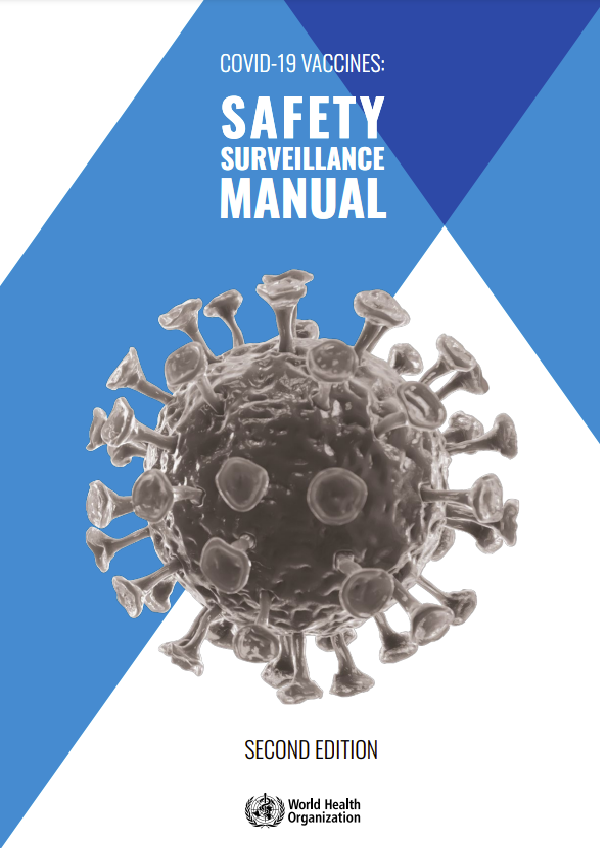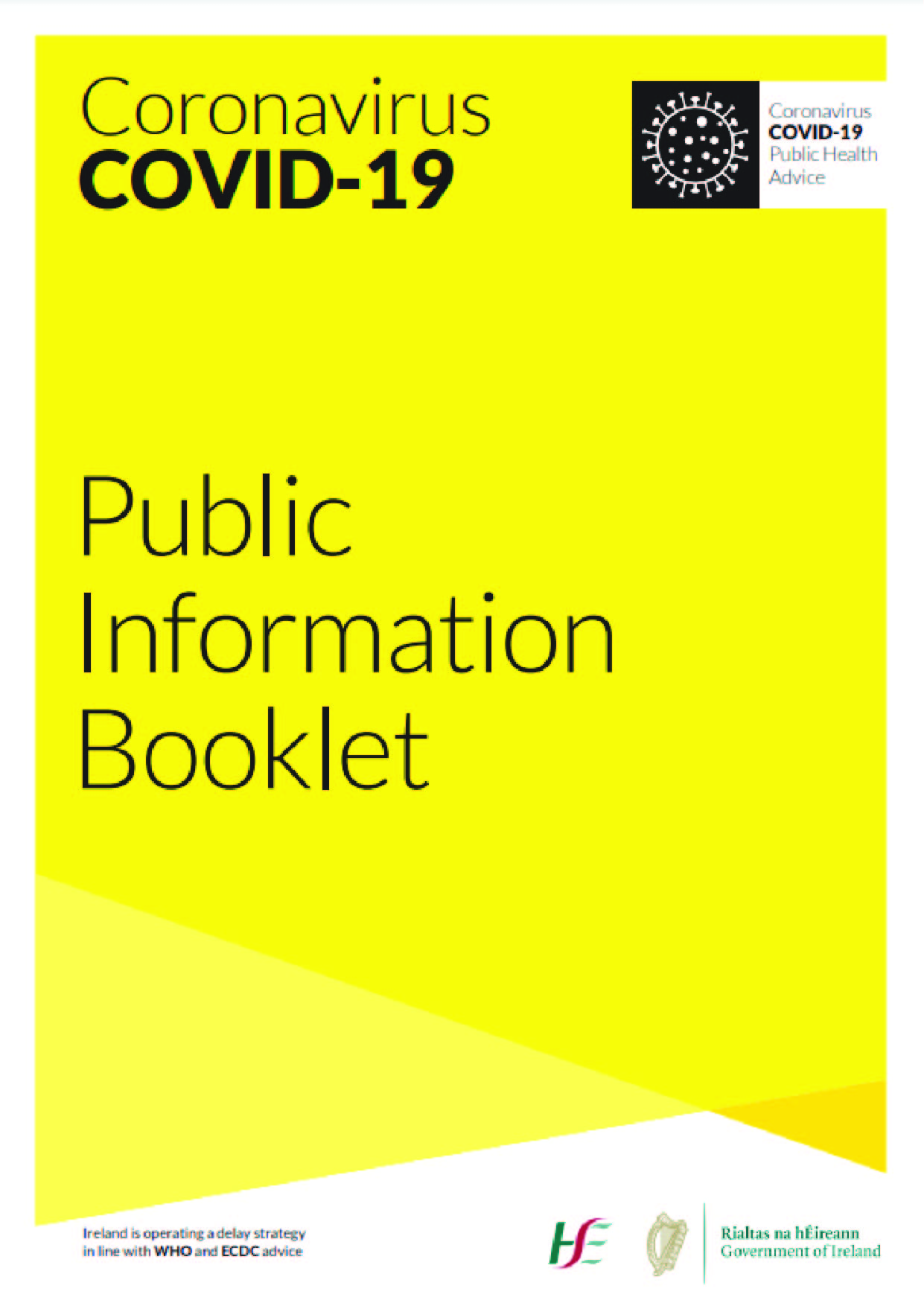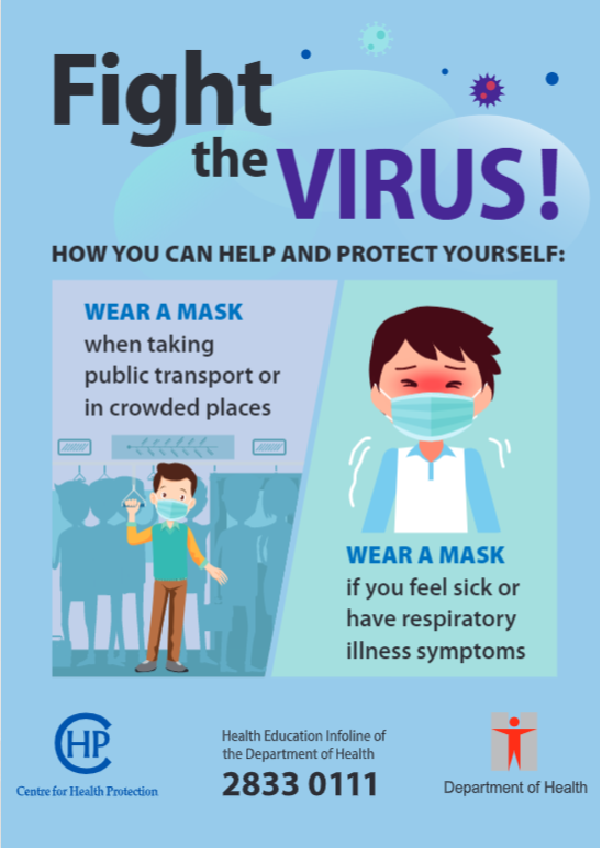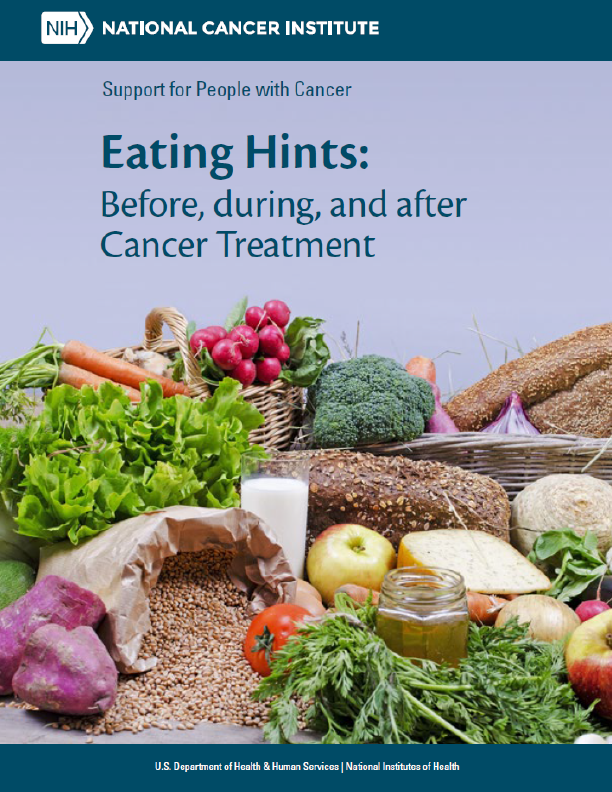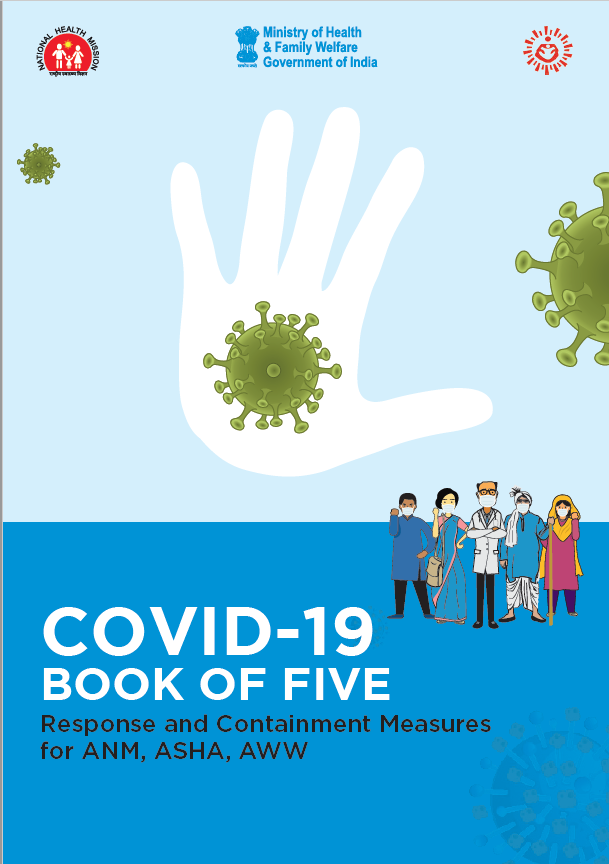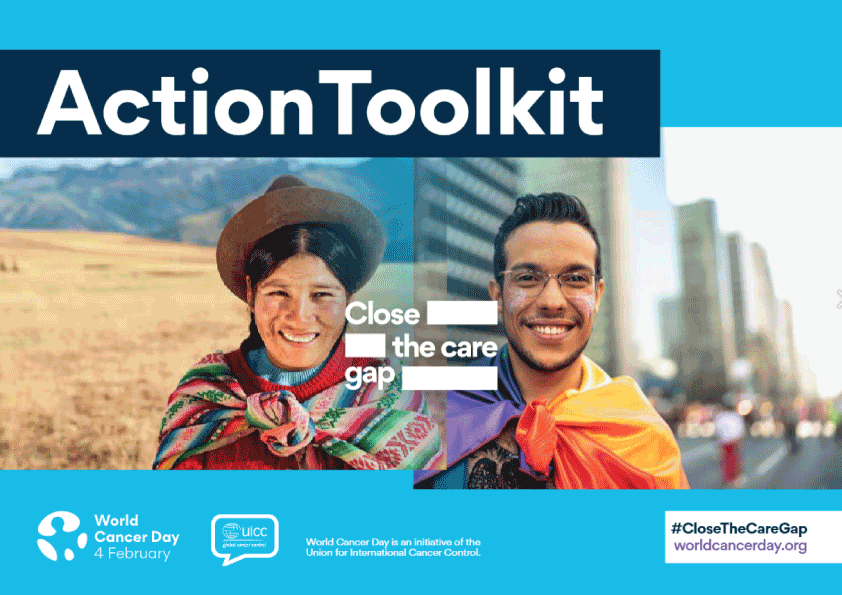On 30 January 2020, World Health Organization (WHO) declared that the outbreak due to a novel coronavirus, SARS-CoV-2, also known as COVID-19, was a public health emergency of international concern (PHEIC). By 12 March 2020, due to its rapid global spread, the outbreak has declared a pandemic. The pandemic has already caused the loss of more than 1.5 million lives1 and disrupted the lives of billions more.
One essential strategy to control this pandemic is the rapid development of safe and effective vaccines. Unprecedented efforts are being made to develop large numbers of vaccines simultaneously, in a short time. Global equitable access to vaccines, particularly for protecting health care workers and those most at risk is one of the key strategies to mitigate the public health and economic impact of the pandemic.
The Access to COVID-19 Tools (ACT) Accelerator was launched at the end of April 2020 as a global collaboration to accelerate the development, production, and equitable access to COVID-19 diagnostic tests, treatments, and vaccines. This collaboration has brought together governments, scientists, businesses, civil society, philanthropists, and global health organizations (the Bill & Melinda Gates Foundation, CEPI, FIND, Gavi, The Global Fund, Unitaid, Wellcome, WHO, and the World Bank). The COVAX Facility offers participating countries secure access to safe and effective COVID-19 vaccines through its actively managed portfolio of vaccine candidates across a broad range of technologies. Its goal is to ensure equitable access to vaccines in all economies and ensure that income is not a barrier to access. The initial aim is to have 2 billion doses of vaccine available by the end of 2021.
The 42nd Global Advisory Committee on Vaccine Safety (GACVS) on 27–28 May 2020 addressed pharmacovigilance preparedness for the launch of the future COVID-19 vaccines. One of their recommendations was that infrastructure and capacity for surveillance of the safety of COVID-19 vaccines should be in place in all countries and existing infrastructure be reactivated and engaged before a vaccine is introduced. This will require local, national, regional, and global collaboration. Countries should include preparedness plans for COVID-19 vaccine safety in their overall plans for vaccine introduction, building on WHO guidance. This COVID-19 vaccine safety surveillance manual was developed following recommendations and guidance of the GACVS members, as well as experts from around the world. The manual incorporates current and available information that is critical for all stakeholders before, during, and after the introduction of COVID-19 vaccines.
Lessons learned from novel vaccine introduction during pandemic and epidemic emergencies
Key lessons learned from past situations where new vaccines were introduced in response to pandemic and epidemic emergencies have been taken into consideration for the development of this manual. For example, the 2009 H1N1 influenza pandemic demonstrated that few countries had a pandemic preparedness plan that comprehensively addressed vaccine deployment and monitoring of adverse events.2,3 When adverse events were reported, some systems were unable to provide timely information about the potential association of events with H1N1 vaccination leading to a lack of confidence in H1N1 vaccination which was challenging for vaccine uptake and communication.
The 2014-2016 Ebola epidemic that affected three countries in West Africa led to the accelerated development of vaccines and therapeutics. The African Vaccine Regulatory Forum, a regional network of regulators and ethics committees, working closely with regulators from other parts of the world, participated in the review of clinical trial protocols and results, the joint monitoring of trials, and the joint authorization and deployment of vaccines.6,7 Such models can be used to guide pharmacovigilance reliance for the deployment of COVID-19 vaccines, particularly in low- and middle-income countries (LMICs) with limited resources.
Pregnant women seem to be disproportionately affected during pandemics and emerging pathogen outbreaks and were among the highest risk groups in the 2009 influenza pandemic and the 2014-2016 Ebola epidemic.8,9 The Pregnancy Research Ethics for Vaccines, Epidemics, and New Technologies (PREVENT) working Group, a multidisciplinary, international team of 17 experts, in consultation with external experts and stakeholders, have published a roadmap to guide the inclusion of the interests of pregnant women in the development and deployment of vaccines against emerging pathogens.10 Guidance from WHO can be found in the module Safety surveillance of COVID-19 vaccines in pregnant and breastfeeding women.
The introduction of the first licensed dengue vaccine, while not in the context of an international public health emergency, illustrated a number of lessons for the pharmacovigilance of novel vaccines, particularly the vaccine-associated enhanced disease (VAED) that was observed. It is essential to prepare to manage VAED, which could be potentially induced by some of the COVID-19 vaccine candidates being developed.
A common theme in these examples is the public concerns about the safety of the novel vaccines and rumours or adverse events that can arise during current and future pandemics. Hence there is a need for programme managers to be ready to address these issues through appropriate vaccine safety surveillance and communication strategies.
